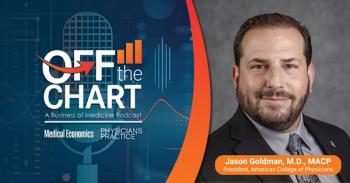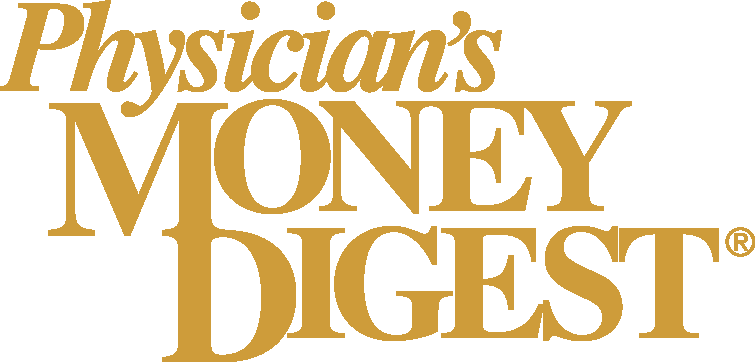
An advantageous time for preferred stocks
Key Takeaways
- Preferred stocks combine equity and fixed-income traits, offering high yields and potential capital appreciation, appealing to investors seeking alternatives to traditional bonds.
- Actively managed preferred stock ETFs can avoid negative-yield-to-call risks, providing better returns than passively managed funds.
Like common stocks, preferred stocks represent minute slices of company ownership, as they’re a form of equity. But like bonds, they’re a fixed-income security that pays yield, in the form of dividends.
Hybrids are popular these days: hybrid cars, hybrid foods, hybrid careers and hybrid lifestyles.
Unbeknownst to many individual investors, there are also hybrid investments. One of these is a bond-stock hybrid—preferred stocks.
Like common stocks, preferred stocks represent minute slices of company ownership, as they’re a form of equity. But like bonds, they’re a fixed-income security that pays yield, in the form of dividends.
This is an
Preferred stocks are issued mainly by publicly owned banks and other financial companies for flexibility in capital financing.
If a company goes belly-up, preferred shareholders stand in line for redemption behind bondholders but ahead of common stockholders.
Currently, preferred stock prices are generally depressed, and they’re paying historically high yields, so this may be a good time to get in.
Some may dismiss preferred stocks as a peculiar investment unworthy of much consideration, perhaps because these investors are fixated on traditional investments. Yet, this uninformed view overlooks this asset’s utility as a portfolio diversifier that perennially provides relatively high investment income, but with potential for share-price growth—a unique combination.
Preferred stocks can be
Many preferred stocks are currently paying nearly 6 to 7%, and some, more. This dwarfs the yields of investment-grade bonds, currently from 4 to 5%. Moreover, unless one buys low-yielding discounted bonds and has a lot of patience, appreciation is limited, but capital appreciation can happen with some preferred stocks. Current preferred stock prices make share-price growth potentially likely for new investors.
Individual investors are usually better off buying preferred-stock
Even if they don’t appreciate much in price, preferreds are clearly beneficial for yield alone. If prices decline, investors can just wait for a more advantageous time to sell, collecting income in the meantime. Or, in what’s usually the more optimal choice, they can hold on to their shares long-term. It’s better not to eat the chicken that’s laying so many eggs.
A key reason preferred yields are highly reliable is that banks’ boards of directors are extremely reluctant to reduce their dividends, even in difficult times.
For one thing, to cut dividends on their preferred stock, boards must first cut them on their common stock — a move that usually prompts common stockholders to sell, pummeling price. For another, cutting preferred stock dividends might invoke contractual provisions requiring directors to put a preferred-shareholder representative on the board. This is the last thing most directors want. They’d rather issue junk bonds to finance dividend payouts.
Even when held in a taxable account, many preferred stocks have superior after-tax income because many have qualified dividends, which are taxed at a lower rate than regular dividends. By contrast, yields of taxable bonds are taxed as ordinary income — at the same hurtful rates paid on work earnings.
Given the current yield scenario of the two investments, the after-tax gains of many preferred stocks are generally greater than those of tax-exempt municipal bonds, which may not rise much in price.
As with other asset classes, the natural tendency of individual investors buying preferred stocks funds (ETFs) is to buy shares of huge, passively managed funds — those that track broad indexes — instead of actively managed funds, where managers make tactical decisions to buy and sell holdings.
Active management usually means higher fees, but this additional expense is often worth every dime because active managers can protect investors from exposure to preferred stocks with undesirable features, such as negative-yield-to-call.
This term refers to preferred shares that, by contract, can be suddenly redeemed by the issuing company, without any say-so by investors, before reaching maturity — and perhaps before yielding enough to reimburse investors for their purchase. Such shares are unavoidable in the large indexes tracked by passively managed funds, but active managers can steer clear of them. This can make a significant difference in a fund’s returns.
There aren’t a lot of actively managed preferred stock ETFs, as most are passively managed. These four active ETFs are worth considering for their total return and manageable risk levels:
- Principal Spectrum Preferred Securities Active ETF (PREF). While this fund’s annual dividend yield isn’t stellar, at about 5%, its holdings include risk-lowering institutional-grade preferred stocks, exposure to which is rarely available to individual investors. Moreover, PREF has a long history of relative price stability.
- Virtus InfraCap U.S. Preferred Stock ETF (PFFA). With a whopping current dividend yield of nearly 10%, this is an aggressively managed fund that uses leverage and options to juice performance. This strategy naturally increases risk, but its managers have a good record managing this risk, earning strong overall performance scores from fund-rating firm Morningstar, particularly over one and five years. Since its inception in 2018, this fund had an
average annual total return (dividends plus price performance) of 6.71% as of May 31. Thus, its high dividends have more than compensated for price dips. - First Trust Preferred Securities Income ETF (FPE). This fund invests in preferred stocks and other income-producing debt securities from mid-cap companies. Current holdings include some familiar names, including issues from Goldman Sachs and Lloyds Banking Group. Yield over the past 12 months had averaged about 5.8%, as of May 31. This fund has good Morningstar performance ratings over one, three and five years.
- Nuveen Preferred and Income ETF (NPFI). Launched 15 months ago, this product of course has a limited track record. But it has performed quite well thus far,
with a trailing 12-month total return of 7.44% and an annualized dividend yield of 5.9%, as of June 4.
For good, reliable after-tax income, actively managed preferred stocks funds are one of the best choices currently available to individual investors. And they get portfolio diversification to boot.
Dave Sheaff Gilreath, CFP,® is a Partner Advisor, and Edward “JR” Humphreys II, Senior Portfolio Manager, at Sheaff Brock, powered by Allworth Financial LP, an investment advisory firm registered with the SEC. Investments mentioned in this article may be held by Allworth Financial, affiliates or related persons.
Newsletter
Stay informed and empowered with Medical Economics enewsletter, delivering expert insights, financial strategies, practice management tips and technology trends — tailored for today’s physicians.
















